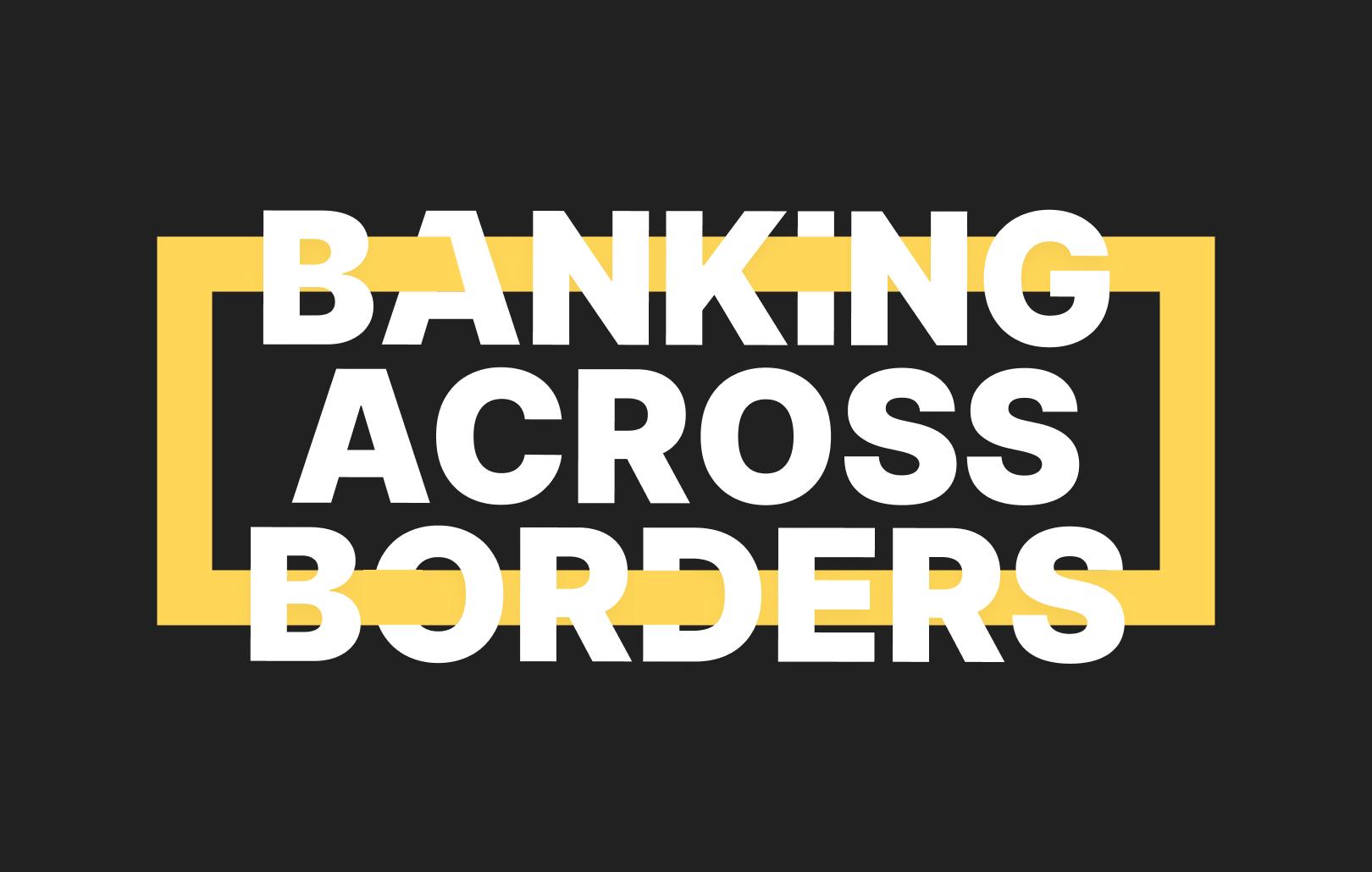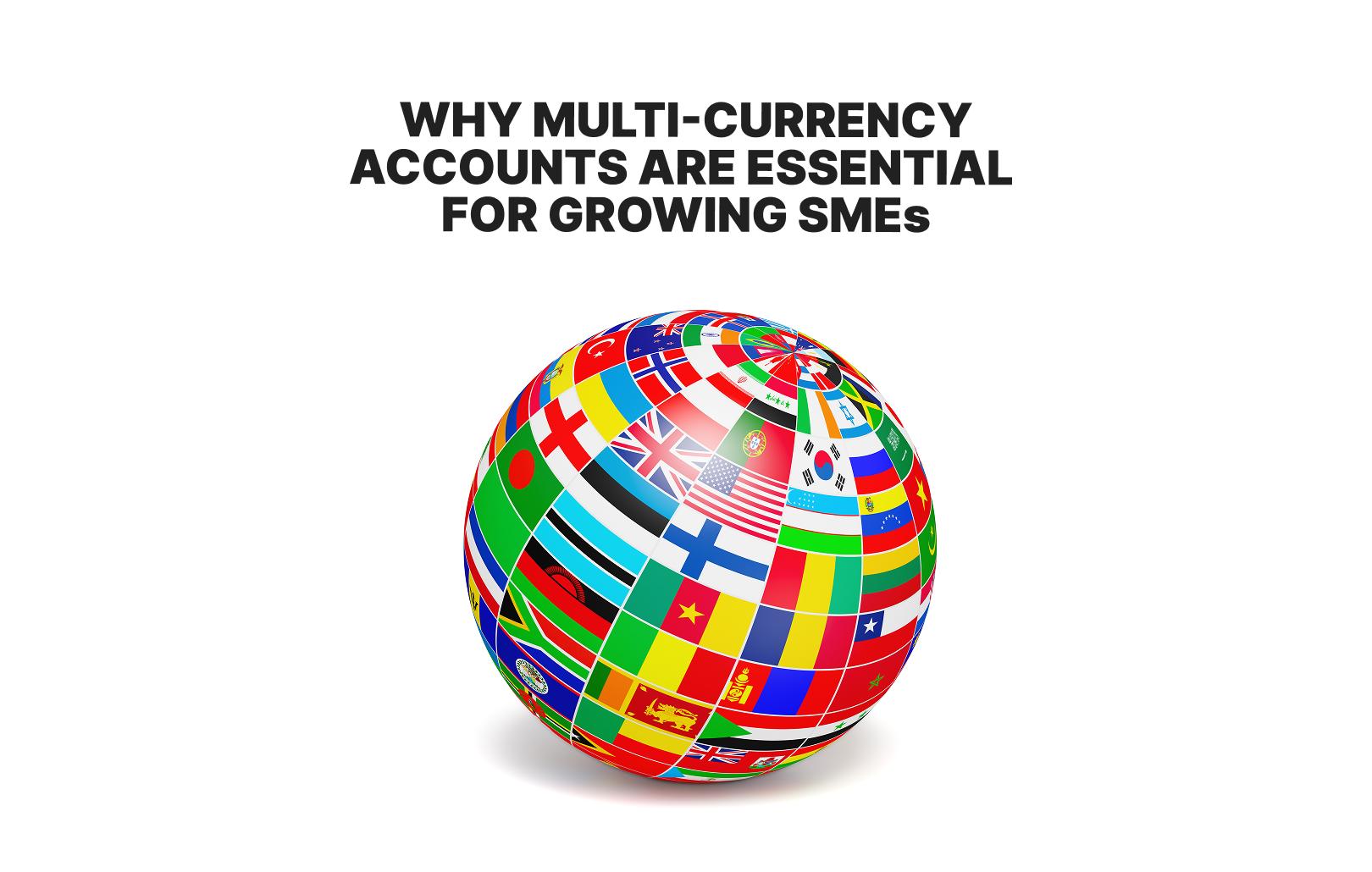How best multi-currency accounts work

Multi-currency accounts are a financial tool designed to streamline international transactions and currency management for businesses and individuals. These accounts offer the flexibility to hold and transact in multiple currencies, allowing users to bypass traditional currency conversion fees and fluctuating exchange rates. With features such as low-cost currency conversion, competitive exchange rates, and convenient online access, best multi-currency bank accounts empower users to efficiently manage their finances across borders, becoming an invaluable asset in today’s global economy.
Understanding Multi-Currency Account Mechanics
A multi-currency account streamlines international transactions for those frequently dealing with operations in multiple currencies. Here’s how it typically operates. As with a standard current bank account, you can deposit funds, make withdrawals, send and receive payments, and even earn interest, depending on the provider’s terms. When you receive payments in foreign currencies, you have the option to either keep the funds in their original currency or convert them to euro, US dollar, pound Sterling, etc.
The flexibility to hold and convert various currencies enables you to capitalize on favorable exchange rates and bypass the fees often imposed by banks for currency conversion. The best multi-currency accounts out there also come with a debit card for added convenience.
Difference between Multi-Currency and Single Currency Accounts
When setting up and operating a business, the banking provider typically oversees the company’s accounts. This usually involves maintaining a single account denominated in the base currency or managing cash flows in the investor’s native currency. For instance, if the business is based in Canada, the bank/financial institution will use the Canadian dollar as the settlement currency for the account. When foreign currency deposits are made, they are automatically converted into the account holder’s base currency at the prevailing exchange rate. Similarly, when withdrawals are made, funds in the base currency are converted back into the relevant foreign currency at the current exchange rate for the transaction.
Consider a scenario where a business based in Canada (CAD) serves clients in Germany (EUR) and Australia (AUD). If clients from Munich and Sydney wish to purchase services, resulting in transactions in both EUR and AUD, the banking institution will convert these funds into CAD, resulting in separate transactions and one transaction in the settlement currency.
If the Canadian firm used a multi-currency account, the scheme would involve maintaining separate currency balances for each supported currency (CAD, EUR, and AUD in this case). When clients from Germany (EUR) and Australia (AUD) purchase services, the funds are deposited directly into the respective currency balances without the need for immediate conversion into the base currency (CAD).
This would then allow the business to hold funds in different currencies, potentially avoiding currency conversion fees and fluctuations in exchange rates. When necessary, the business could choose to convert these funds into the desired currency (e.g., CAD) at favorable exchange rates.
Consequently, both clients and the business can benefit from the absence or reduction of currency conversion fees. Moreover, they save time and money by setting up and making payments just once, rather than to each account in different currencies.






